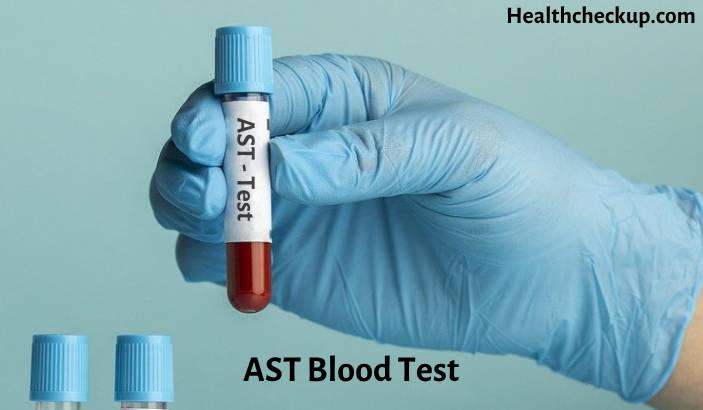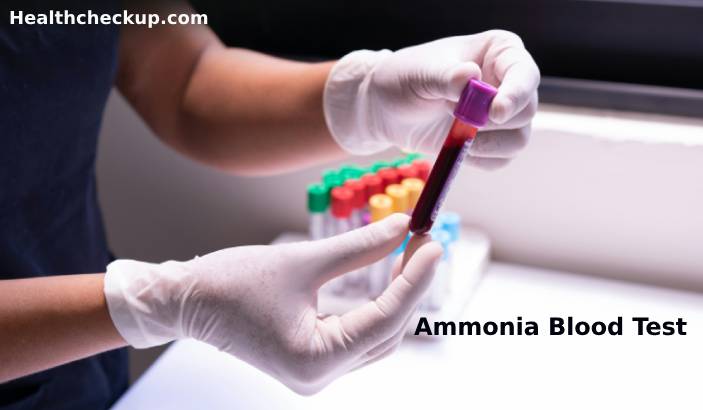We know well that our body requires nutrients, especially essential vitamins, proteins, fats, carbohydrates as well as minerals for carrying out all the normal functions in the body.
Magnesium is a constituent of bones and can be found in all cells of the body. A normal adult human body contains 25 grams of magnesium, most of which is found in the skeleton.
Functions of Magnesium
- It is essential for the bones as it enables normal metabolism of calcium and potassium which in return keep the bones, teeth, and muscles healthy.
- Important for maintaining metabolic functions.
- For energy production
- Maintaining nervous function
- DNA synthesis
- Protein synthesis
The table below will help you understand the recommended daily intake of magnesium for males and females of different age groups
| Age | Male | Female |
| 0 – 6 months | 30 mg | 30 mg |
| 7 – 12 months | 75 mg | 75 mg |
| 1 – 3 years | 80 mg | 80 mg |
| 4 – 8 years | 130 mg | 130 mg |
| 9 – 13 years | 240 mg | 240 mg |
| 14 – 18 years | 410 mg | 360 mg |
| 19 – 30 years | 400 mg | 300 mg |
| 31 – 50 years | 420 mg | 320 mg |
| Above 50 years | 420 mg | 320 mg |
Daily requirements of magnesium for women during pregnancy and lactation are more or less the same for the respective age groups.
Causes of Low Magnesium
- Consuming a low magnesium diet
- During pregnancy and lactation
- Excessive bleeding during menses
- Excessive sweating
- Chronic alcoholism
- Severe burns
- Chronic diarrhea
- Liver cirrhosis
- Hypoparathyroidism
- Malabsorption syndromes
- Protein-energy malnutrition
- High urinary output as in kidney diseases
- Uncontrolled diabetes mellitus
- Medications such as diuretics, antibiotics and proton pump inhibitors
- Magnesium levels can be low during the first trimester of pregnancy
In clinical practice, serum magnesium is generally advised to assess the magnesium status, yet hypomagnesia and hypermagnesemia can be clinically identified. According to newer guidelines, serum magnesium alone cannot be considered as a reliable indicator of the magnesium status since the serum contains less than 1% of the total body’s magnesium.
Signs and Symptoms of Magnesium Deficiency
- Muscular cramps
- Twitching of muscles
- Tremors
- Severe deficiency can also cause seizures or convulsions
- Mental numbness and exhaustion
- Anxiety and depression
- Fatigue along with other signs and symptoms
- Myasthenia or muscular weakness
- High blood pressure
- Arrhythmia or irregular heartbeats
- Diarrhea
- Constitutional symptoms like loss of appetite, nausea, and vomiting
[Read – Role of Tums in Dealing with Nausea]
How To Test For Magnesium Deficiency At Home?
Test for magnesium deficiency cannot be conducted at home. It needs to be done at the clinician’s office only. Yet, if you are unable to go to the clinician or the laboratory, you can request for blood sample collection to be done at your home itself.
- If you notice any of the above-mentioned warning signs, it is important to report to the doctor immediately to undergo assessment for magnesium status along with serum electrolytes.
- Prolonged low levels of magnesium in the body can cause serious problems with the cardiac and nervous system functioning resulting in arrhythmias, congestive cardiac failure, and even seizures. Therefore it is important to identify signs and symptoms and get evaluated for it.
- Doing so not only helps in faster diagnosis but also enables you to receive treatment as soon as possible and prevent further complications due to low serum magnesium levels.
- A serum magnesium test is rarely advised singly. It is often advised along with a set of other blood, urine or radiological tests in order to diagnose the underlying cause for magnesium deficiency.
- It is almost always done along with serum calcium and potassium levels. This is because persistently low magnesium levels can also lower calcium and potassium levels in the blood.
Preparation
- Testing for serum magnesium does not require any kind of special preparation or fasting.
- As a general guideline, drinking plenty of water makes the process of finding the vein for drawing blood easier.
- It is important to completely avoid alcohol and cigarette smoking for at least 2 days before the test as these can affect blood test results.
- If you are already on medications for some other disorder or on magnesium supplements, you need to discuss with your doctor consult about discontinuing them.
- You may feel a slight pinprick pain when the blood sample is being collected.
- Slight bruising may also be present at the site of vene-puncture but this goes away within a few days without any treatment.
- You will be able to resume your normal routine work as soon as the blood sample has been collected.
Procedure
- A tourniquet will be tied above the site from where blood has to be drawn to make the veins visible.
- The nurse or technician will then clean the site from which blood has to be drawn with the help of alcohol.
- A blood sample will be collected in a small vial by inserting a needle into the vein.
- A small cotton swab will b placed after collecting the blood sample. Gently pressure needs to be applied over the same to stop blood from oozing out.
- You will be able to obtain results within a few hours or the next day depending upon the laboratory.
Results and Interpretation
- Normal Range For Serum Magnesium – 1.5 – 2.5 mEq/l
- Any values less than or beyond the reference range for a normal adult is considered to be abnormal and requires immediate attention and treatment.
- The reference range can, however, vary according to age, gender, underlying illness or disorder, test method and the test kit used.
- The laboratory report generally mentions the observed value along with the normal reference range according to their testing method.
Magnesium Deficiency Can Be Corrected By Including The Following Foods In Diet
- Nuts: Cashews, peanuts, and almonds
- Vegetable Sources – Spinach, potatoes, broccoli, carrots
- Fruits – Avocados, apples, and bananas
- Non-vegetarian Sources – Chicken breast and fish
- Black beans and kidney beans
- Whole white bread
- Fortified grains and cereals
- Pumpkin seeds
- Oatmeal
- Raisins
- Milk
- Rice
Dr. Himanshi is a Homoeopathic consultant and currently working as a lecturer in Post-graduate faculty of Homeopathy, Parul University, Vadodara. Completed BHMS and MD in Homeopathy in January 2018 and also has a clinical experience of about 6 years. Personal interests include reading, spending time with family and traveling.








